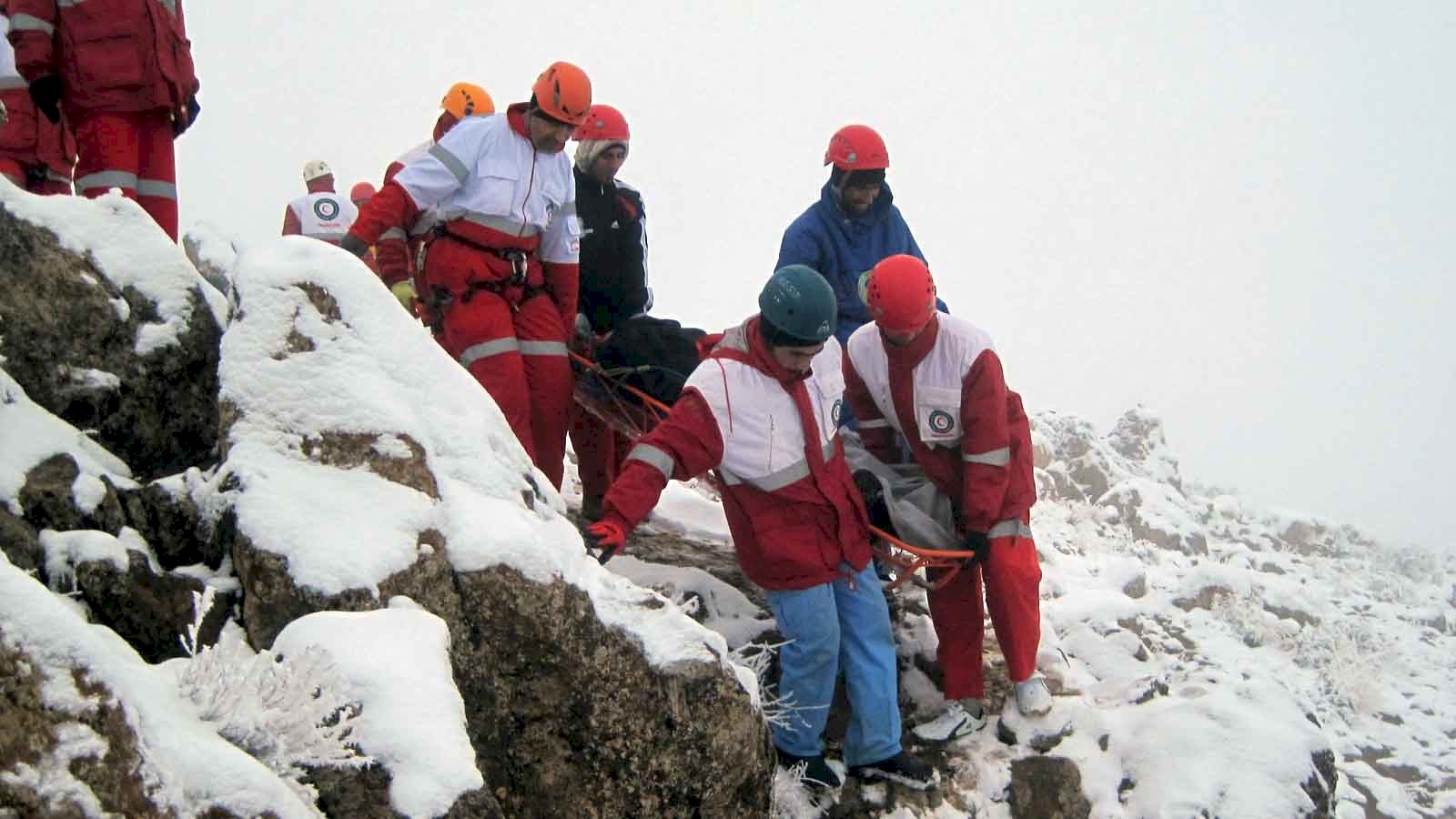Debated to death but unmissable from an outdoor blog the 3 types of fun are as ingrained into a true outdoor person as the "V to the knee" is in a climber these days. Many different definitions of the three types exist, though most agree that you would aim to decrease the number of occurrences with an increase of the numbers (read: try to avoid Type 3 fun). Considering the range and environment of our activities it is inevitable that we run into sticky situations and have to wriggle our way out. Our reflection on the situation afterwards and the assessment of how much "fun" we had is usually a good indicator to suggest whether we maybe should have done things differently or not. In this respect I would define the 3 types of fun as:
Type 1:
A good day out. Nothing special, but enough enjoyment to refuel our inner batteries and get through the stresses of everyday life again. Type 1 fun is fun, but not very challenging. This type of fun could be described as "business as usual" and while the specific activities may differ from person to person I would include a day sport climbing on Portland in nice sunshine, a romp up Tryfan in summer and a casual solo/bouldering session in the peaks among them.
Type 2:
The good pub story, probably not very fun at the time but challenging and helping us to develop as individuals. Type 2 fun is the kind of fun we expect when we take on a challenge of sorts. While it generally doesn't kill us - after all we want to recount the tale in the pub in 10 years time with exaggeration sprinkled in here and there - it may well leave us physically or mentally scarred. A classic example of type 2 fun from my personal climbing life is the misread guidebook and the ascending of an E3 half way up into a thorn bush directly before the crux. I was in fact looking for a rather pleasant Severe and the eventual down climb was a lesson learned. Anger and frustration quickly gave way to the story and what started as a 18m climb on limestone in perfect conditions, hampered by a small thorn bush placed just where I needed it to persuade me to turn around and question myself, has evolved into a 30m greasy, thorn covered limestone pitch in howling winds (admittedly the beers help with this one a lot...). Other examples of type 2 fun include big (and often painful) mountain walks, hard climbing days, any walking involving deep snow or ice (at least for me) and any walking distance of more than 20 miles between pub stops.
Type 3:
Definitely, 100% absolutely and positively NOT fun at the time, nor will it ever be. Examples include near or actual death experiences, involuntarily and remotely benighted, serious searches for others and indeed anything that could be regarded as an emergency. We will generally try and avoid this type of fun as much as we can. Inevitably as outdoor enthusiasts we will come across it and similar to drivers coming across accidents, chances are if we are out more we discover this type of fun more. A perfect example I can think of from a recent report by the BMC on Greg Boswell and Nick Bullock's grizzly attack. While they made the most of it in the end and the story is sure worthy of at least one pint to be heard from the survivors themselves I can wholeheartedly say this is the definition of type 3 fun.
As instructors we are faced with a problem here. Type 1 fun to us is very much business as usual, but to those who don't regularly participate in our activities this may well fit into the type 2 fun category. Similarly what we might see as type 2 fun to an inexperienced eye may well be type 3. The key thing is that as instructors we have to put in every safeguard we possibly can to not end up in what we would consider to be type 3 fun. On the other hand some situations that for us have the dreaded number 3 hanging over them to the untrained eye may well appear perfectly fine and merely a number 2. Confused by the numbers yet?
When we market our activities we often see and use buzzwords such as "adventure", "experience", "challenge" and in some cases even "limit" or "danger". Do we actually understand what these words really mean to those we are taking out on the hills? As an example from my guiding work I have had a couple out on the hills with me. One was reasonably confident in the mountain terrain and certainly had a head for heights. The other was confident as long as their feet were on solid ground and at least one of them could remain so at all times. Now picture a minor stream crossing. A long jump or careful stepping across stones to most of us. The first person didn't have any issues here, it was type 1 fun to them. The second person did have an issue, quite a big one, requiring careful coaxing and encouragement to eventually cross the barely two foot wide stream. To them the experience was definitely type 2 fun. Fast forward a year and the same couple are crossing another stream with me - guess what no issues for both, they both would have seen the crossing as just in a days work on the hills. Though the steep, grassy and bracken overgrown slope afterwards did give the day a bit of a kick for both towards the end.
It is generally accepted that instructors on the whole operate well within their comfort zone for most of their working life. Granted this is not true for everybody and I can imagine especially in the Guide community a fair few people, in a very calculated and planned manner, take themselves to the limit alongside their clients. This is not necessarily a bad thing and doesn't mean the level of fun will automatically sit in the 3 category. In fact I would argue Guides are trained and qualified to ensure that the level of fun you have as a client is a solid 2. Very memorable, very informative and at the same time as safe as it can be given the environment they are operating in.
A fair few articles on the types of fun suggest a ratio of how the types should be split. Personally I would say two ratios apply. In my outdoor working life I don't really mind which type of fun I achieve for myself as long as it's not type 3. As long as my clients are happy and I am happy about the day everything is fine - not to say lessons can't be learned at every step. In my personal outdoor life I'd say experience has shown a 60:39:1 split between the levels. Most days in the outdoors are fairly standard, though inherently enjoyable. We all come across our fair share of type 2 fun, even if it's just a slog up yet another long mountain side with rain testing our GoreTex and spirits. Thankfully type 3 fun is very rare and I can count the occurrences of what I would consider to be type 3 in my quarter century on this planet on both hands.
So think about what kind of fun you have when you're outdoors and if too much of it is type 1, then maybe it's time to rethink how you challenge yourself and develop your outdoor self. On the other hand if most of your experiences are of type 3 fun, then you could probably do with some experienced guidance to ensure you live to tell the tale in years to come.


Leave a comment